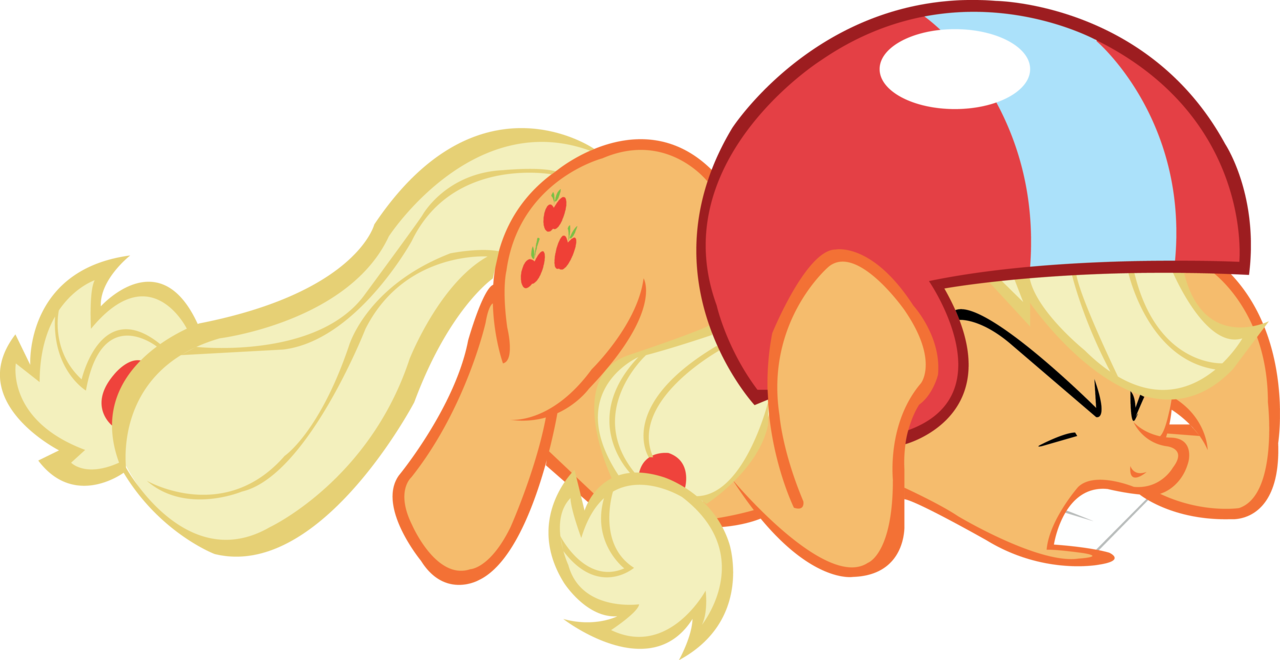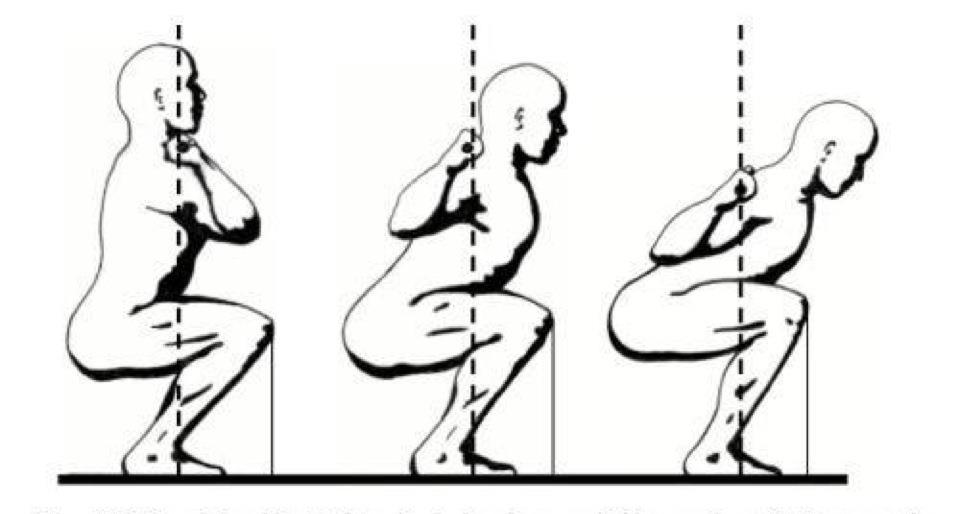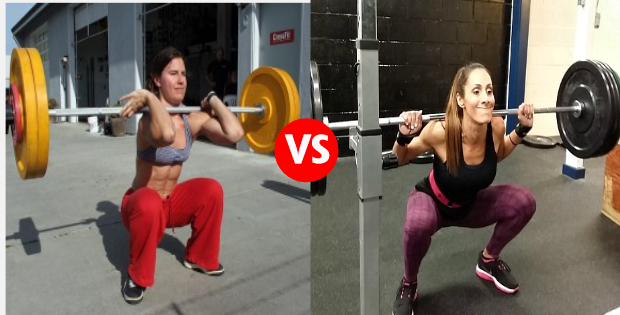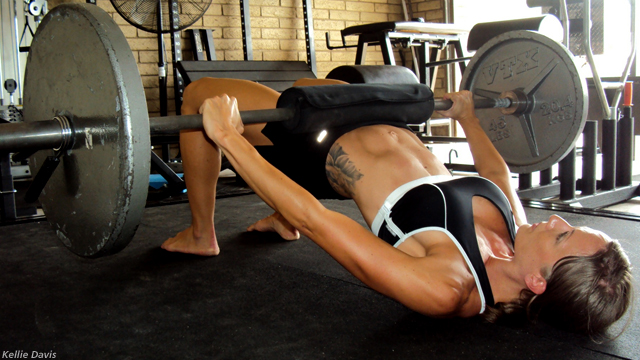Face Off: Rear Squat vs Front Squat
FitnessLifestyle January 5, 2025 Damon Mitchell

Here’s a fun thing. At a social event where there is more than one gym rat, toss out a statement like this, “The back squat is clearly the best way to squat because that’s the one everybody learns first.” Then, take cover. Things ’bout to get cray up in there.

(Source: midnite99.deviantart.com)
It’s true, fitness folks harbor strong feelings about their exercise choices. They have favorites, usually because of their biases, not as a result of weighing the pros and cons.
We’re gonna finally break this one down for you, keeping the conversation as digestible as possible Prepare to bend your biases.
There are advantages to both the front and back squat, but one may be better suited for your body or lifestyle than the other. Finding the right one for your program is as important as keeping them both in your program, even if it’s just every once and a while.
Advantages (and disadvantages) of each

(Source: d1sportsblog.com)
The back squat may be the first thing you learn for training the legs, with good reason. It’s a more comfortable position to hold weight, stacked over your shoulders.
If all loads could be flung over our shoulders, we’d probably suffer less back issues. For this reason, when you back squat you can typically lift more weight than a front squat, a lot more.
Your front squat more closely resembles body position for real life lifting, things like boxes, except you will hold them lower on your body. In truth, the deadlift probably gets you the closest to that sort of lifting, but the front squat approximates how you might carry that load once you hork it up.
As far as your back is concerned, that front squat puts you more vertically, as the bar is further forward over your center of gravity. For this reason, you may feel like you’re leaning back a little. You’re not. It’s just the contrast from a back squat.
It’s that spinal position which gets many back squatters in deep water. Especially at the bottom of the movement, back squatters have to really push to keep their pelvis open, to not let the back round (or flex, if you prefer).
The deeper the squat, the harder this is to do.
On the other side of the spine, the forward position of the front squat can lead some front squatters to lead the squat with their knees. It’s okay for those knees to pass the toes in the bottom of a deep squat, but it’s not okay to break from your standing position by dropping your knees forward.
The right one for you

(Source: burpeespot.com)
The right squat for you may not be the one that comes easiest. As the first lens for exercise, I like starting with pain. If it hurts you, don’t take it off your list, but move it to your I-need-figure-this-out list.
In most cases, I find the pain is movement error, controllable once we educate the person. If the error is not controllable, then your painful squat stays in the body-weight-only or the low-range-of-motion categories.
In that case, the clear choice is evident. Soreness from working out is fine, but good movement doesn’t cause pain.
If you can do either squat with proficiency and without pain, then you should alternate, taking the most out of each.
Competitive strength athletes will stick to the back squat. They will do front squats to challenge their legs from time to time, but always return to the back squat.
Crossfitters, however, tend to stick more the front squat as they can get in and out from under the bar without a rack.
There is a way to fit both into every program. Work with a coach with some experience to find your personal approach.
Programming

(Source: breakingmuscle.com)
Even if you land on one squat over the other as the best one for you, keep the other close by.
Despite what you may read, both train the same muscles. You may find front squats burn your quads more than your glutes or visa versa, but they both require you to push the earth away from your hips.
Adding in the version you tend no to do will keep your nervous system challenged. It will keep you from getting to habitual to one movement. That habit is great if you are training to break the squatting world record, but even the guy who holds that record probably does both versions.
How often? Get in one to two sessions per month with your alternate squat. Keep the weights light. The goal is proper technique, not personal record breaking.
Whichever direction you go, one way or the other or the hybrid lifter who does both, try to get at least one lift per week where you focus on your squat. You can perform ancillary work that day, you can train for volume or strength, but start with your traditional squat. Try to do four to five sets, at least.

(Source: tonygentilcore.com)
Some great ancillary exercises for after your squats include floor bridges, walking lunges, plyometric hops of just about any version. We’re outta time to go through them, but you can find more information on this blog.
Happy squatting.